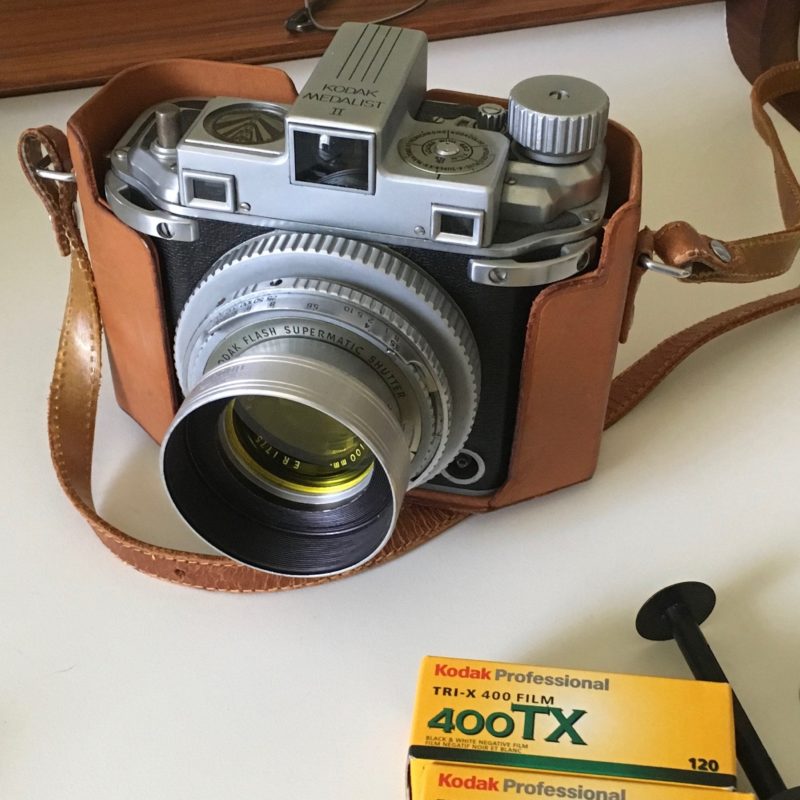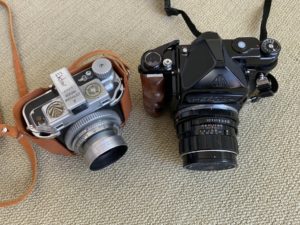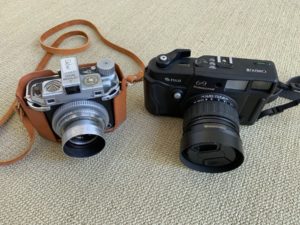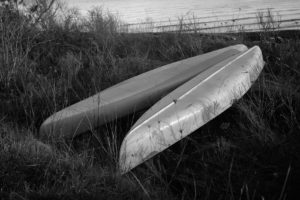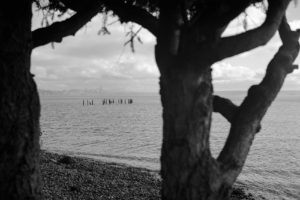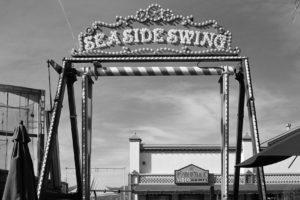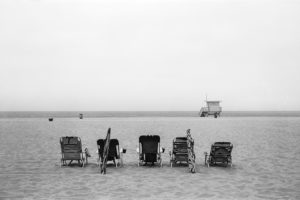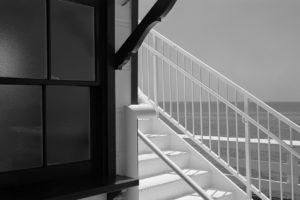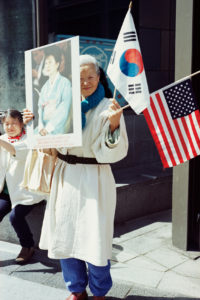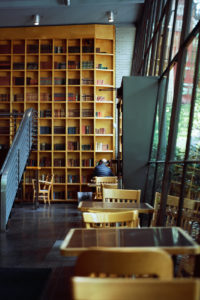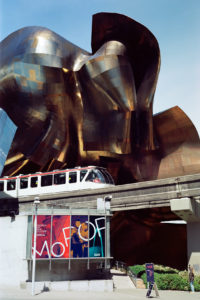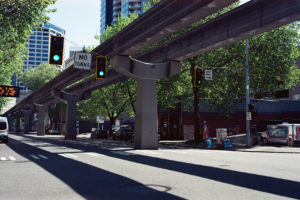I have been whittling down my collection of cameras lately, finding new homes for the ones that I use the least or not at all. One of the most recently cut from my hoard was a Fuji GW690III, a camera that is about as exciting to me as watching paint dry. There is not much wrong with the camera, just as there is nothing ideal about it. Fortunately, any void that may be left by the Fuji has already been filled by a chunk of vintage Kodak metal.
Back in 2015, I bought a Kodak Medalist II just because it looked cool. I knew very little about it except that it was cheap, came with a hood, filters, a strap, and a leather case. How could I lose? Even if it was a crummy camera it would still look good on the shelf.
The Medalist, like the GW690III, is a 6×9 medium format rangefinder. Mine has been converted on the supply side to accept 120 roll film instead of the slightly smaller 620 film. This is a huge deal. It means no re-rolling of 120 onto 620 spools. I simply use a 620 takeup spool and load it with my choice of standard 120. The 2×3 aspect ratio of the camera is not my favorite, but it is the most familiar to me. I grew up using 35mm film cameras and a 35mm negative is the same aspect ratio but less than 1/5th the area of a 6×9 negative.
With all of my film photos, the goal is to make physical prints of the images that I like and this means that, to a point, negative size matters. Making larger negatives usually means using larger and heavier cameras. This is an area where the Medalist shines. It produces lovely 6×9 negatives and is smaller and lighter than both the Fuji GW690III and my Pentax 67. A friend even called it “cute”.
The fixed 100mm f/3.5 Ektar lens on the Medalist is truly wonderful. It has a 35mm equivalent focal length of about 43mm. To my eye, it is the perfect blend of character and accuracy. Sharp, but not too clinical, with no visible distortions or falloff. The out of focus areas are pleasant and blend nicely within the image. There is no “swirly” or annoyingly unique bokeh. If the only thing the camera had going for it was this lens it would still be worth having.
One of my favorite things about 6×9 cameras is that there are only eight exposures on a roll. To me, this is a feature, not a limitation. This is one camera that rarely has a half-finished roll of mystery film in it when I go to use it next.
It turns out that I got much more than I expected with the Medalist, I found one of my all-time favorite cameras.
